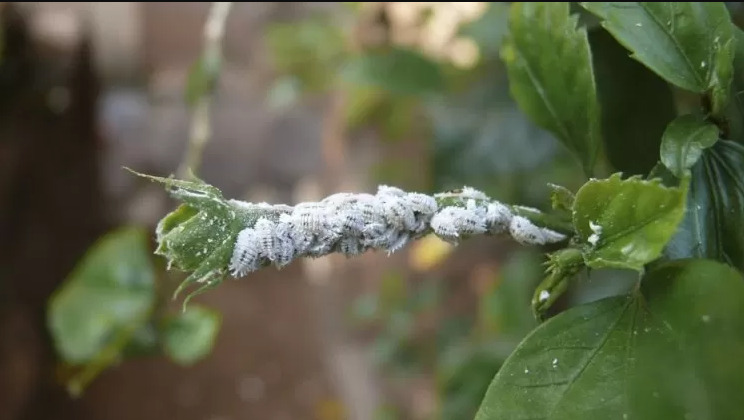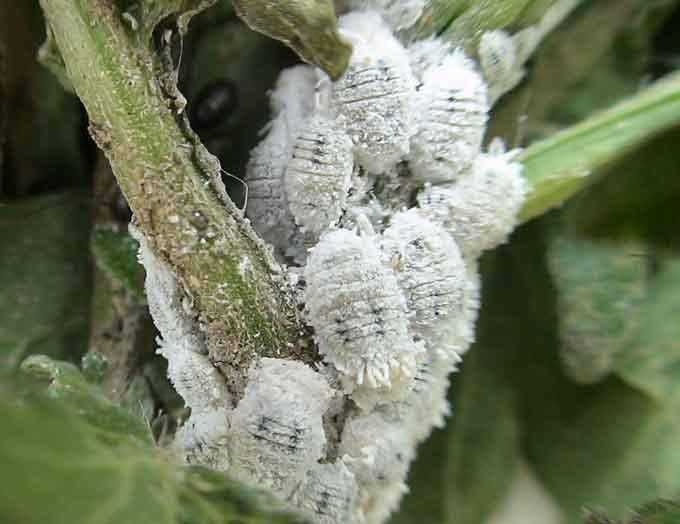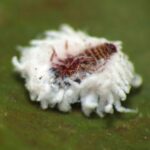The cottony maple scale is one of the most numerous and conspicuous soft scale insects that attack ornamental plants.

Symptoms of the cottony scale.
It begins by colonizing the most hidden parts of the plant, thus protecting itself from unfavorable weather conditions. However, due to its eating habits, it causes chlorosis and malformations in the leaves, and can even dry out the infected branches. Likewise, the loss of sap can reduce the vigor of the plant, affecting its growth and productivity, since its sucking beak can also transmit viruses.
It excretes a sugary residual liquid that fouls the plant, leaving the leaves sticky and shiny (the honeydew). This honeydew colonizes the leaves leaving a black powder that hinders photosynthesis, although some ants can consume it. In citrus it can spoil the fruit.
Lifecycle.
This soft-scaled insect overwinters in its second nymphal stage on the bark, branches, and twigs of host plants. The females complete their development in June and lay masses of eggs until late summer. They incubate on crawling insects (first nymphal stage) from mid-June to mid-July and migrate under the foliage side of the host plant where they insert their piercing, sucking mouthparts. They feed by removing the sap from the vascular cells of the plant. This pest spends the rest of the summer feeding on the leaves. The male matures late in the summer, mates, and then dies. Before leaf drop in the fall, the nymphs move to the twigs and branches of the host plant to overwinter.
Damage.
The damage generated by the scales occurs essentially on the affected plants or fruits due to the extraction of sap from their parenchyma or plant tissue. In addition, through its secretions, this insect can inoculate toxic substances that cause the death of the plant. The damage to the fruits is very important, because this insect attaches itself to the outside of the shell, generating small cracks and discoloration, causing a very bad appearance.

Control.
The control of this pest must be carried out when the first individuals are observed, where the affected plant must be completely pulverized, applying very well on the underside of the leaves, which is where the Scales settle. It is usually necessary to give several treatments spaced in a period of 10 or 12 days, until they are eliminated.
 AgronoBlog – Agriculture Blog
AgronoBlog – Agriculture Blog 